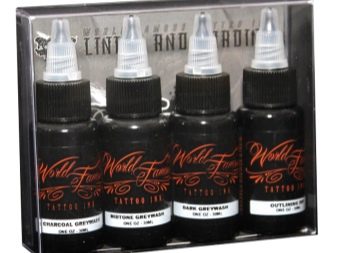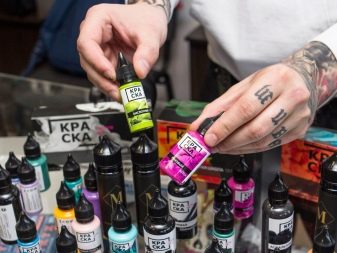All about tattoo paint
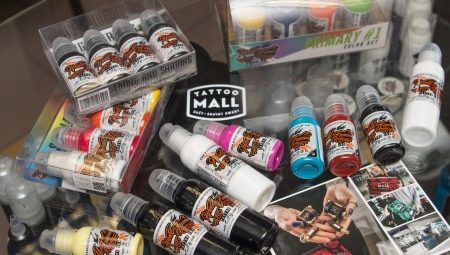
The ink used for tattooing has its own specifics. A person starting his way in the tattoo industry should not only be familiar with their composition, but also understand how to choose the right paint.
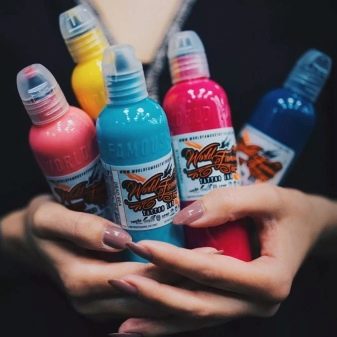
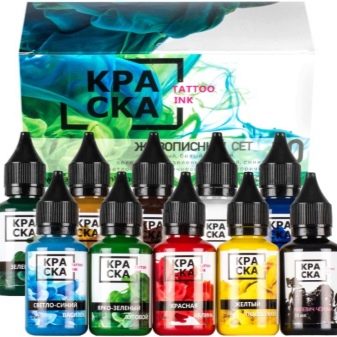
What does it consist of?
Any tattoo ink is made from a base and a coloring pigment. The resulting mixture should be non-toxic, as well as remain inert and not provoke interaction with fluids, for example, with blood in the human body. In addition, it is important that the dye is characterized by stability and resistance, otherwise the tattoo will eventually fade, repaint or "disintegrate" into separate fragments.
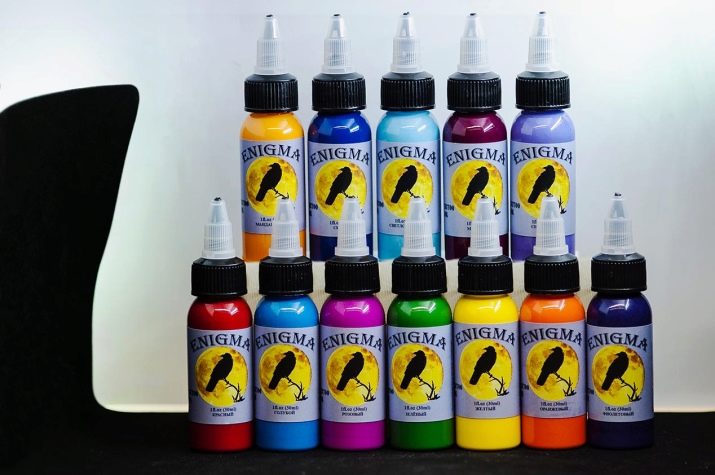
The foundation
The base of the paint is created from synthetic substances. For example, its chemical composition may contain distilled water and alcohol, glycerin and artificial resins, as well as propylene glycol.
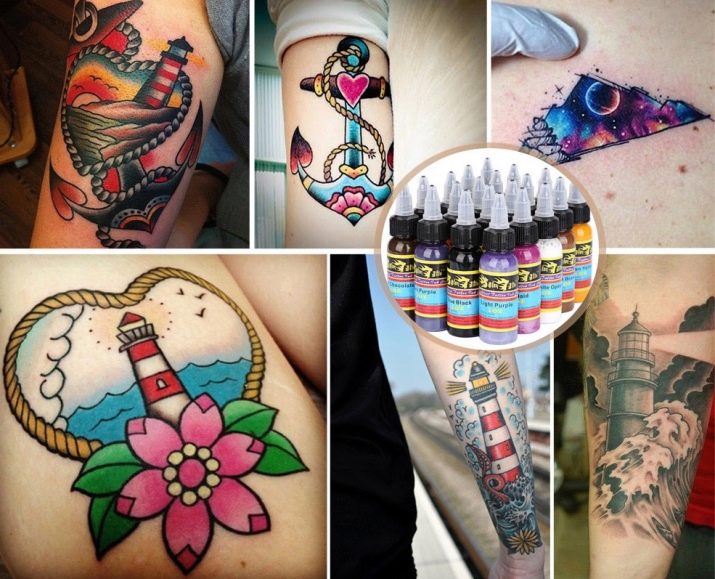
This carrier, usually a disinfectant, allows the solid pigment to be injected into the skin with a needle.
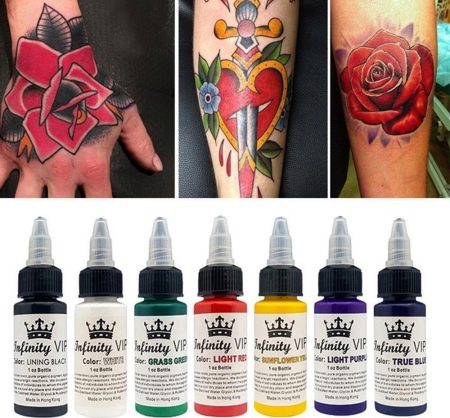
Pigments
The pigments present in the ink can contain both organic and inorganic components. They themselves are dry powdery substances. To obtain black, technical carbons are involved: iron oxide, tar and wood tar. Sometimes the composition contains soot of animal bones or the heartwood of log wood. In consistency, the pigment resembles a dark powder with a different texture and degree of grinding. The white tone is based on lead carbonate, zinc oxide and titanium dioxide. Minerals such as anatase and rutile are also involved.
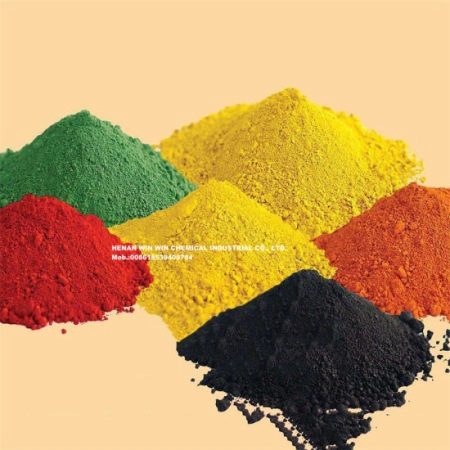
There are no separate dyes for gray: a similar shade, like silver, can be formed by combining carbon blacks and titanium dioxide. Cinnabar, cadmium selenide, iron oxide, or mercury sulfide can be used to create a red color. However, representatives of the tattoo industry are increasingly abandoning the former, preferring safer iron oxide. The base of the yellow tone is cadmium sulfide, and the base of the blue is cobalt oxide. By the way, turmeric, a natural dye from the ginger family, can also be present in yellow, and lapis lazuli and copper compounds of mineral origin in blue.
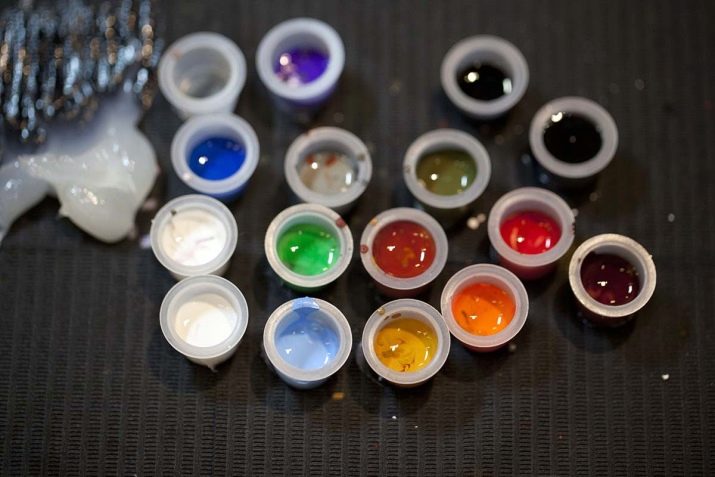
By mixing the above pigments, other colors can be created. For example, flesh paint is formed by combining white, yellow, red and black. The essence of natural brown dye is ocher, obtained from clay and iron oxide. Untreated ocher is yellowish, but when heated it loses moisture and takes on a brick tint. Orange arises from cadmium selenium sulfide. You can get green by mixing chromium oxide, lead chromate and crushed malachite.
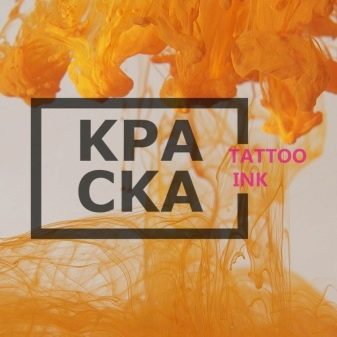
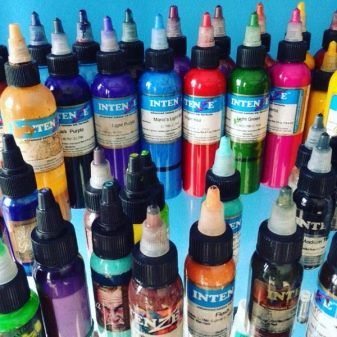
Purple is created by mixing aluminum salt, carbazole, manganese pyrophosphate, and dioxazine. As part of a fluorescent paint, in addition to the usual dye, there is a phosphor - a powder that is charged by light and glows under the influence of ultraviolet radiation.
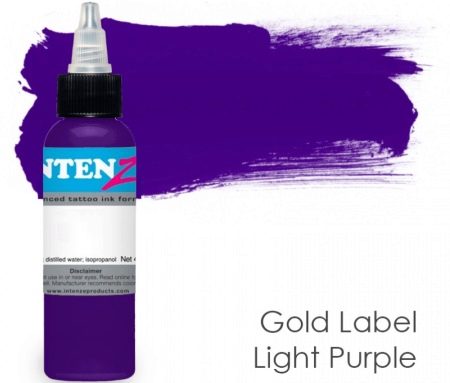
It should be mentioned that the constituents of tattoo pigments exist in solid form and do not dissolve in water.
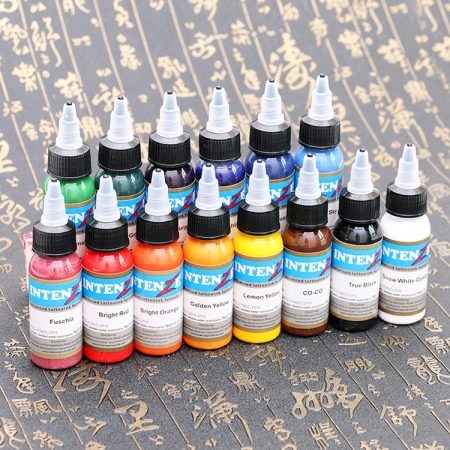
That is why, in order to obtain paint, they must first be combined with a base, that is, with a liquid carrier. Thickeners and stabilizers, added additionally, allow to obtain a homogeneous substance without stratification. The composition of the ink should be free of organohalogen compounds, that is, those components that contain toxic chlorine, bromine and iodine. Otherwise, there is a high probability of complications, including the appearance of malignant tumors.
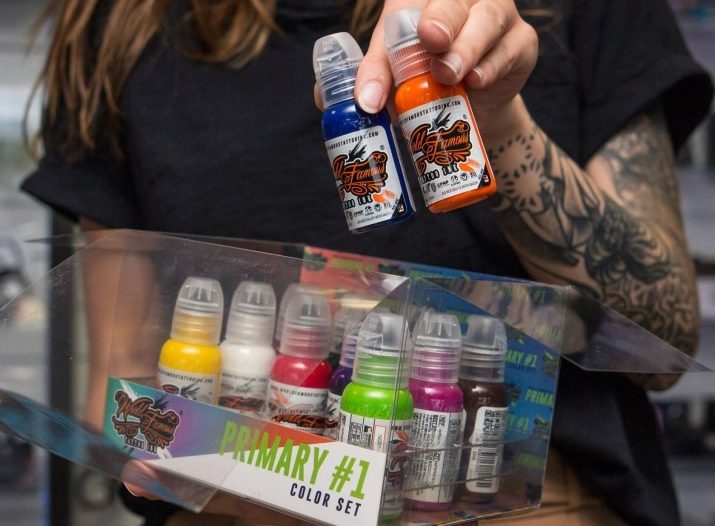
In addition, it is not recommended to use inks containing azo dyes - substances that, upon decomposition, form hazardous aromatic amines, that is, carcinogens. We are also talking about heavy metals - mercury, chromium, arsenic and others, a small fraction of which is still present in the composition of some dyes. For example, emerald ink sometimes contains chromium. Sometimes tattoo inks include glycerin, which does not do much harm, but in its original state it dries out the dermis a lot. To prevent its effects, manufacturers supplement this component with water in a fixed amount. All emulsifiers, preservatives and fragrances added to ink must be tested for toxicity and the potential to lead to allergic reactions.
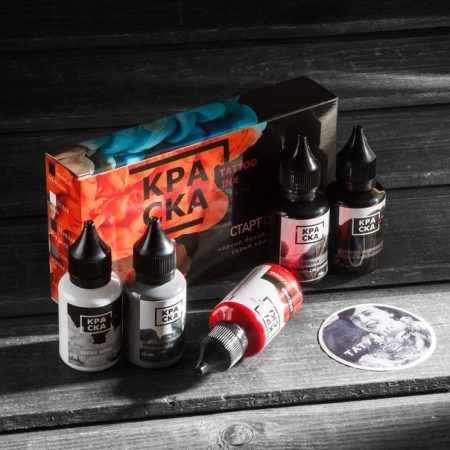
Thinners
In order to dilute a pigment consisting of a dry tinting agent and a liquid base, a special diluent is required, ideally suited to its composition. Usually, for this purpose, glycerin is used - thanks to it, the paints acquire a suitable consistency, are easy to apply and do not penetrate deeply. Sorbitol is called a good alternative, which does not give the effect of a sebaceous film, which prevents the pigment from working properly on the skin. Purified water, isopropyl alcohol, witch hazel extract and amino acids may also be present in the diluent. A similar substance comes to the rescue when you need to dilute the thickened pigment, lighten the color or get the effect of shadows.
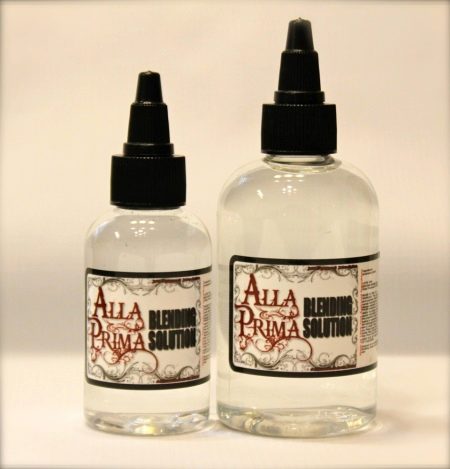
Top manufacturers
One of the most famous tattoo ink manufacturers is the American firm World Famous Tattoo Ink. Its assortment, deservedly recognized by the best masters of the whole world, contains an extensive color palette of dense, thick pigment. High quality paint is sold in 15 and 30 ml bottles, as well as in a variety of sets. KRASKA Tattoo Ink, a domestic brand that has earned the respect and recognition of many tattoo specialists, is equally popular in Russia. The unique formulation of the pigments on the market includes only high-quality modern ingredients, identified as a result of the analysis of top-tier tattoo paints.
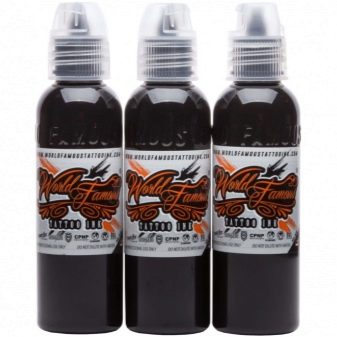
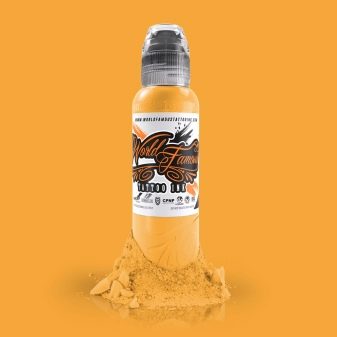
Eternal Ink is often referred to as the global standard for tattoo ink. The main advantages of the brand are called consistently high quality and reasonable cost of products. Millennium Moms has been producing its own pigment-based inks for over 15 years. The brand is famous for its rich and even innovative selection of shades, as well as the fluidity of the pigment, which easily and smoothly penetrates the skin.
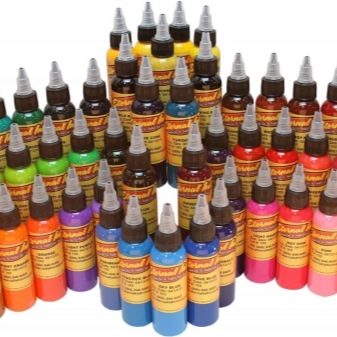
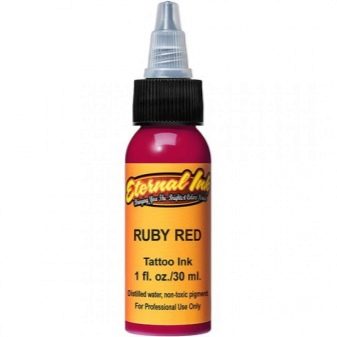
Dynamik Colors brand has been on the market since 1990. The company produces color pigments so rich that sometimes they even have to be diluted with white to obtain a less flashy shade.
StarBrite Colors uses gamma radiationthat destroys microorganisms, therefore, the products of the brand, which has existed for more than 25 years, are considered the safest on the market. Dispersed colors can be used straight from the bottle to create designs in completely different styles. Kuro sumi colors contain only organic ingredients. The ink production formula is secret and passed down from generation to generation. Nevertheless, the paint on the market is of high quality, and tattoos filled with it heal even faster. It is also interesting that the black color of Kuro Sumi is durable and does not transform into dark blue.
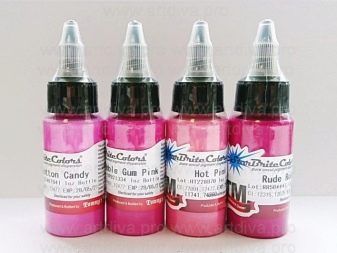
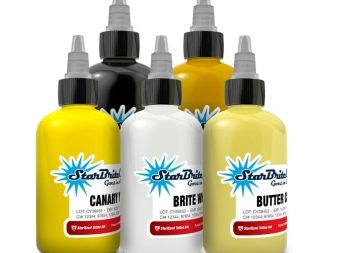
Selection Tips
The first thing to remember when buying paint is that decent samples cannot be cheap. On average, the price of a 15 ml bottle should be from 300 to 500 rubles. Preference should also be given only to trusted manufacturers, whose products allow you to get a bright and rich pattern on the skin. Before choosing one or another ink, you need to know the composition of the product. A big plus is the additional indication that the presented paint is hypoallergenic. It is also recommended to avoid brands that hide the composition of their paints altogether.
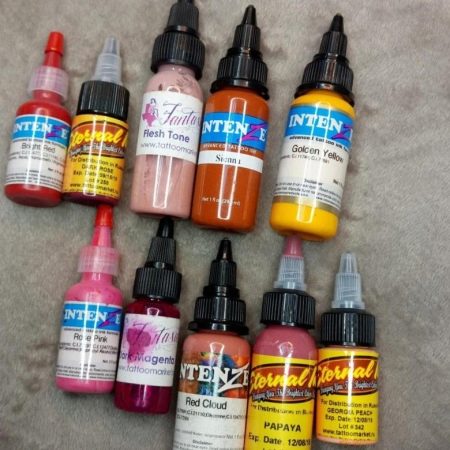
In order for the colors to blend harmoniously with each other, tattoo artists use pigments from one manufacturer. Violation of this rule can lead to the fact that the ink will enter into a negative reaction with each other. When buying, it is also worth checking the country of origin of the paint - this will allow you to determine whether the product complies with the rules and regulations of the Russian Federation with regard to health and safety. It should also be noted that manufacturers today are increasingly releasing options for vegans, designated as Vegan Safe. The composition contains dyes that do not contain components of animal origin, that is, glycerin, bones and gelatin.
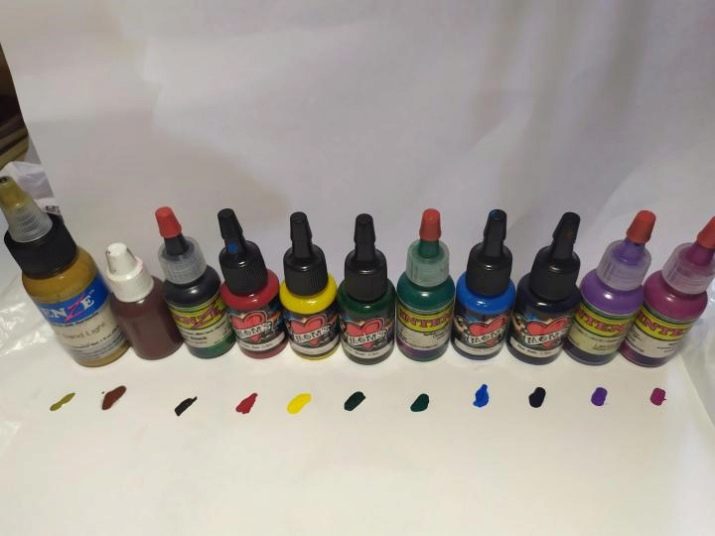
The shelf life of tattoo pigments is about 3-4 months - the exact information is always indicated on the package. However, the manufacturers themselves remind that this period is average, during which, subject to storage conditions, the product remains in its original condition. If the bottle is opened or left in direct sunlight, the carrier liquid may evaporate and the pigment itself may dry out. Whether it is worth using the paint after the expiration date, each master decides for himself.

Beginners are advised to purchase not large sets, but the most common colors, mainly black. By the way, this pigment ends the fastest, and therefore it is better to take a large volume.
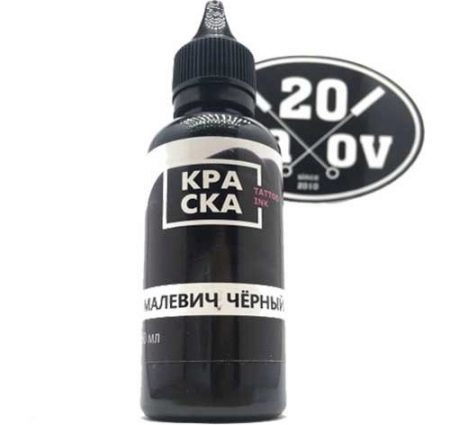
Most manufacturers immediately indicate on the packaging whether the ink is intended for contouring, painting or shading, or if it is universal, so this should not be a problem. For realistic portrait tattoos, as well as large color designs, the warm and cool sets offered in the light, medium and dark ranges are more suitable.
